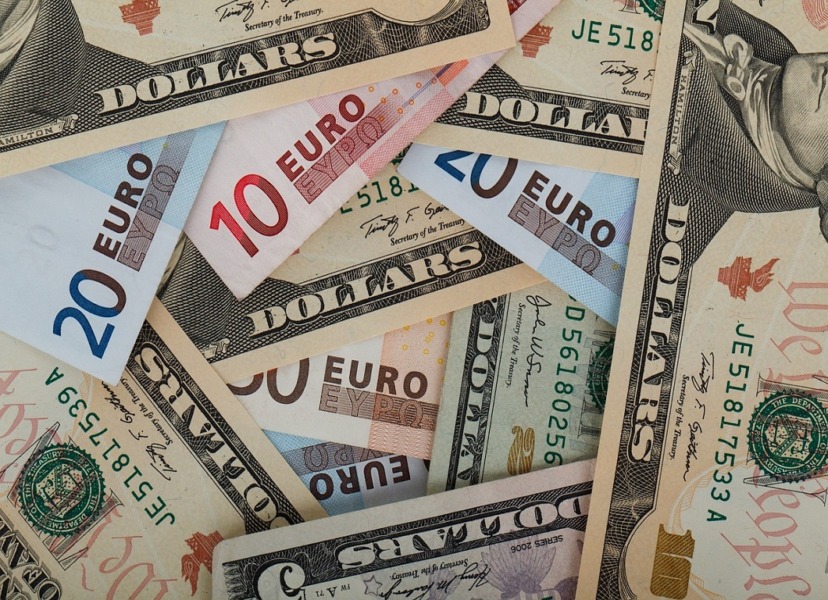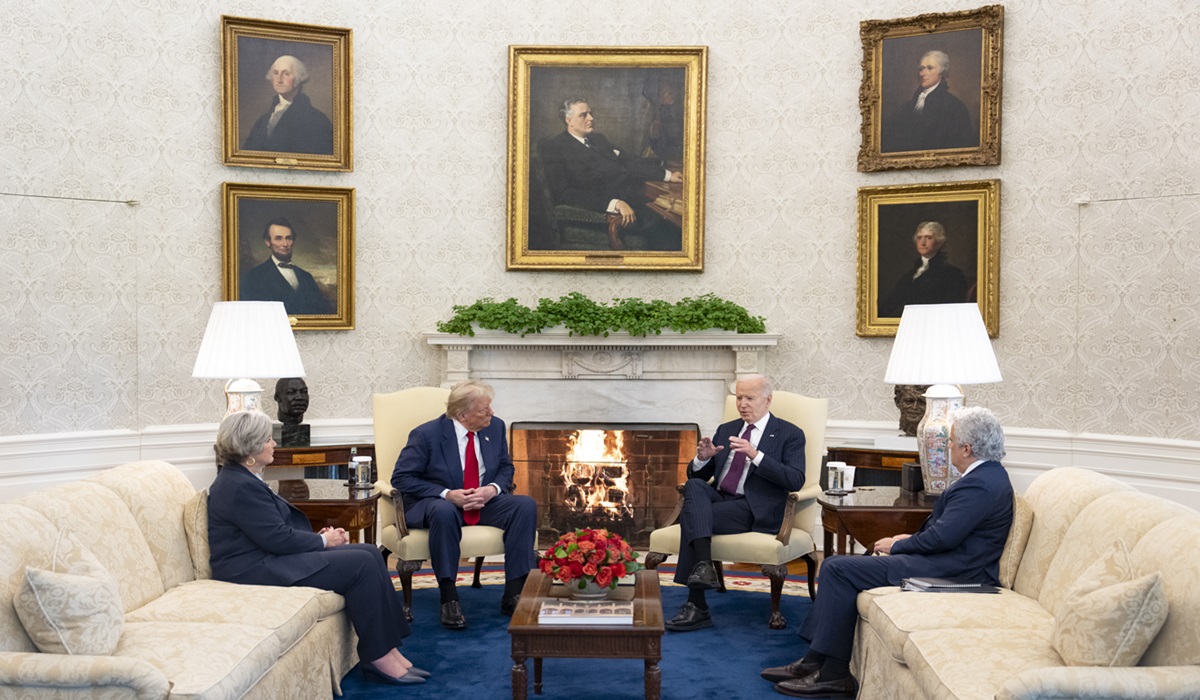The US Dollar’s Dominance: A Look Back at One Year Since Surpassing the Euro
- TDS News
- Breaking News
- U.S.A
- July 8, 2023

It has been over a year since the US dollar surpassed the euro, marking the end of a remarkable two-decade run during which the euro had been the more valued currency. Launched in 1999, the euro has significantly impacted global finance and transformed the European economic landscape. However, as the dollar reclaims its position, questions arise about the future of the euro, its potential resurgence, and its implications for the global financial system.
The euro, conceived as a common currency for the European Union (EU) member states, was officially launched on January 1, 1999. Its introduction aimed to foster economic integration, facilitate cross-border trade, and strengthen the EU’s position on the global stage. The euro replaced a patchwork of national currencies, including the Deutsche Mark, French Franc, and Italian Lira. This consolidation brought stability and reduced transaction costs within the Eurozone.
Despite its initial promise, the euro has faced several challenges contributing to its current inferiority to the US dollar. One primary factor is the divergent fiscal policies and economic conditions among Eurozone countries. The euro represents a collective currency, but individual member states still maintain control over their fiscal policies, resulting in varying economic stability and growth levels. For instance, economic disparities between countries like Germany and Greece have strained the euro’s credibility and affected its exchange rate.
Furthermore, the US dollar’s longstanding dominance is bolstered by several key factors. The United States boasts the world’s largest economy, a robust financial system, and a global reserve currency status. These factors, along with the US Federal Reserve’s monetary policy decisions, influence the value and demand for the dollar, often surpassing that of the euro. Additionally, the stability of the US economy and the trust placed in the US dollar by international investors contribute to its ongoing strength.
While the US dollar’s current strength raises questions about the euro’s prospects, it is important to remember that currency fluctuations are not static. Many factors, including changes in economic policies, market dynamics, and global geopolitical shifts, can influence the euro’s value. As the Eurozone continues to address its economic challenges and enhances its fiscal integration, the euro could regain strength and challenge the dollar’s dominance.
The possibility of the BRICS nations (Brazil, Russia, India, China, and South Africa) introducing their reserve currency has been discussed. Establishing a new reserve currency would diversify the global financial system and potentially diminish the US dollar’s role. However, implementing such a currency would face significant challenges, including stable economic conditions, political cooperation among BRICS nations, and the international community’s confidence.
While it has been more than a year since the US dollar surpassed the euro in value, the global financial landscape remains dynamic and susceptible to change. Achievements and obstacles have characterized the euro’s journey since its inception. Despite the current advantageous position of the dollar, it is essential not to underestimate the potential resurgence of the euro. The evolving economic environment, potential reforms within the Eurozone, and the emergence of new reserve currencies can shape the global financial system’s future and impact the US dollar’s outlook. As the world progresses, only time will unveil the true trajectory of these currencies and their influence on the global economy.








